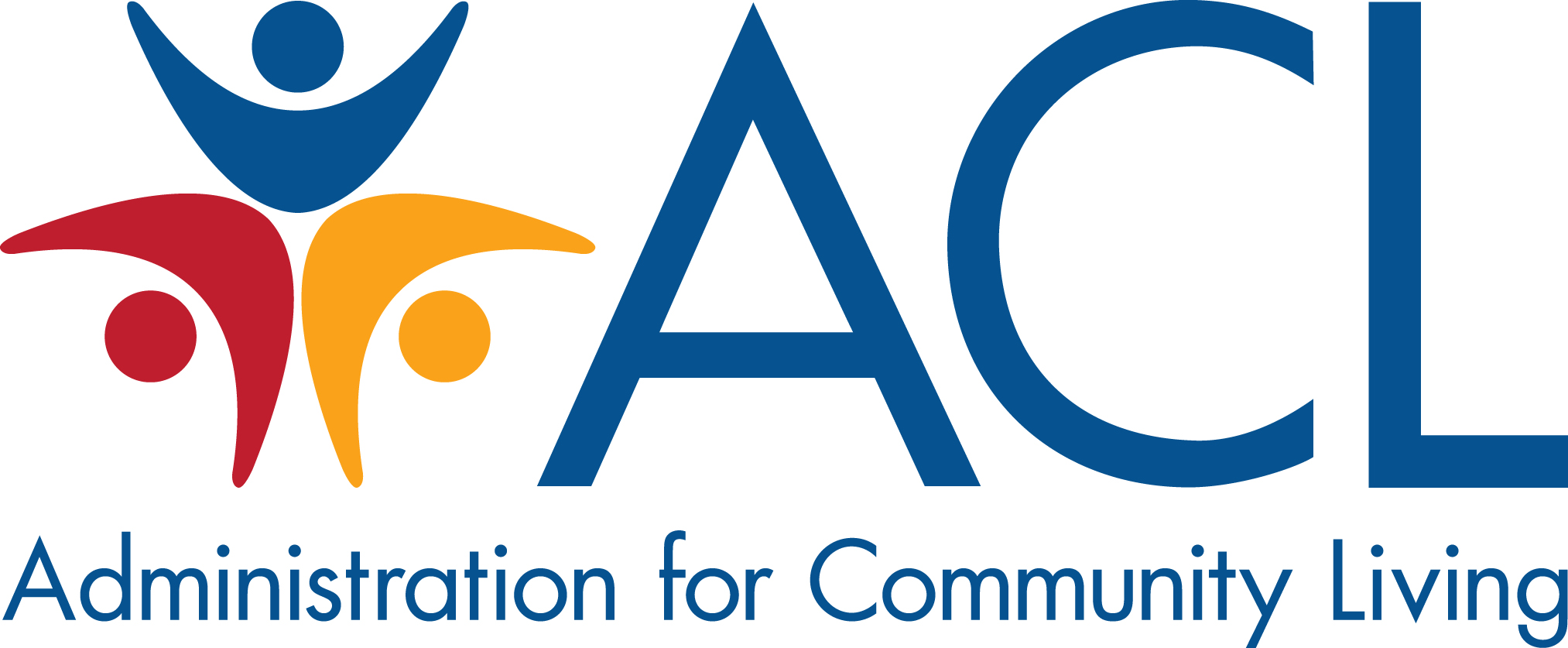Find the latest:
- Vaccination information, including guidance on boosters and additional doses
- Information on tests, including how to get at-home tests, what insurance is required to cover, and in-person options
Need help with vaccination, boosters, or testing?
Trained staff are standing by to help you find vaccine and testing locations, make appointments, order free at-home test kits, and connect to local services and supports if you need them to get vaccinated or tested.
- For people with disabilities: The Disability Information and Assistance Line (DIAL) can be reached by calling 888-677-1199 or by emailing DIAL@usaginganddisability.org at any time.
- For older adults: Call the Eldercare Locator at 800-677-1116 or visit the website to chat live or browse resources.
Both phone lines are staffed Monday-Friday from 9 a.m. to 8 p.m. (Eastern Time). (Use this infographic and this video to help spread the word about DIAL.)
For Older Adults, People with Disabilities, Families, and Caregivers
- Vaccine info
- Staying safe
- Your rights
Click here to learn more
Find the latest vaccine-related resources
Find resources on "Long COVID"
For the Aging and Disability Networks
- ACL Program Guidance
- Promising Practices: Innovative approaches that may work in your community
- Guidance from other federal programs
Find more resources here
Find resources on promoting vaccinations
Resources for
- State and local COVID-19 response planners
- Health care professionals
- Educators
- Businesses
- Others who need to understand the needs and issues of older adults and people with disabilities


